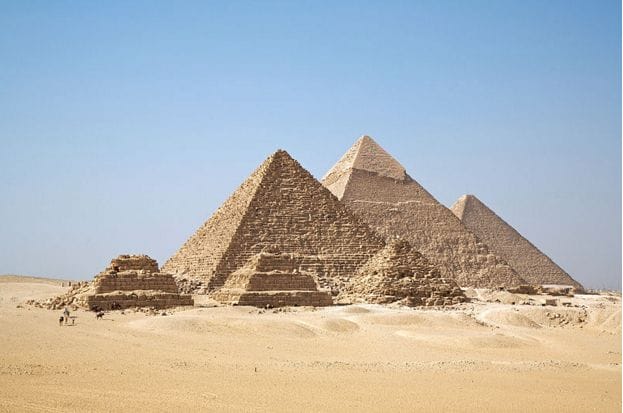Pre-Columbian History
Most information known about Pre-Columbian culture has been gathered from burial sites and left-behind artifacts. The North contains an excellent climate needed for preservation. One of the oldest burial sites is the Chinchurro peoples who once inhabited the Atacama Desert in the El Norte Grande. As the native Chileans were developing a simple agricultural society the Incas were emerging as a sophisticated and developed civilization that were building palaces, temples, road networks, and water systems. The Incas arrived in Cusco in 1200 AD and by the 15th century had spread North all the way to Quito and as far south as the Rio Maule.
The Spanish Conquest
The colonization of Chile began in 1538 when Pedro de Valdivia was entrusted by Spain to colonize the country. With the help of 150 men he founded Santiago de la Nueva Extremadura in the Anconcagua Valley, La Serena in the North, and a few small towns in the south. It was in this region where the Spaniards faced the most resistance. The Mapuches were able to push back the conquistadors and halted the spread of colonization south of the Bio Bio River, which became know as La Frontera.
Colonial Times
Chile’s colonial society developed slowly because of its lack of precious metals and its isolated location. By the 17th century the economy centered around the hacienda, which was a self-sufficient village with thick protected walls that contained workshops, wine bodegas, dairies, a chapel, and the landowner’s estate. At the same time the indigenous population was declining rapidly from exposure to European diseases. These people were replaced by mestizos, a generation of half Spanish and half indigenous people, and who made up the main work force of Chile.
The Catholic Church also played a large role, especially with the spread of missionaries who tried to convert the natives. The result was an unorthodox version mixed with ritual dancing and sacrifices. The Jesuit order became one of the largest landowners in the late 16th century, with an expanding network of profitable workshops that produced glass and weaving goods. In the 18th century the economy received a further boost from the small mining boom in Norte Chico. Settlements sprouted up and eventually became the modern day cities of Copiapo, Vallenar, and Illapel.
The Battle for Independence
At the beginning of the 19th century Chile emerged with a strong identity, which further widen the gap between the Chileans and the Crown. After a few failed attempts, the Crown cracked down on any insurgent groups, which became known as the Spanish Reconquest. Chile finally gained independence in 1818 with the help of General Jose de San Martin and his Army of the Andes.
The Early Republic
The early years of independence went through a turbulent period as the Conservatives and Liberals battled for power. Then in 1829 Diego Portales designed a constitution that favored an authoritarian-style of government, which resulted in 92 years of political stability. Within the next forty years trade began to take off and railways, roads, ships, and telegraphs were being built for the expanding population.
Modern Chile
Today Chile maintains its international reputation with its continuing growth in foreign investments and exports. Although Chile has enjoyed a stretch of political stability, the country still battles with balancing a deficit and balancing the gap between the rich and poor.




